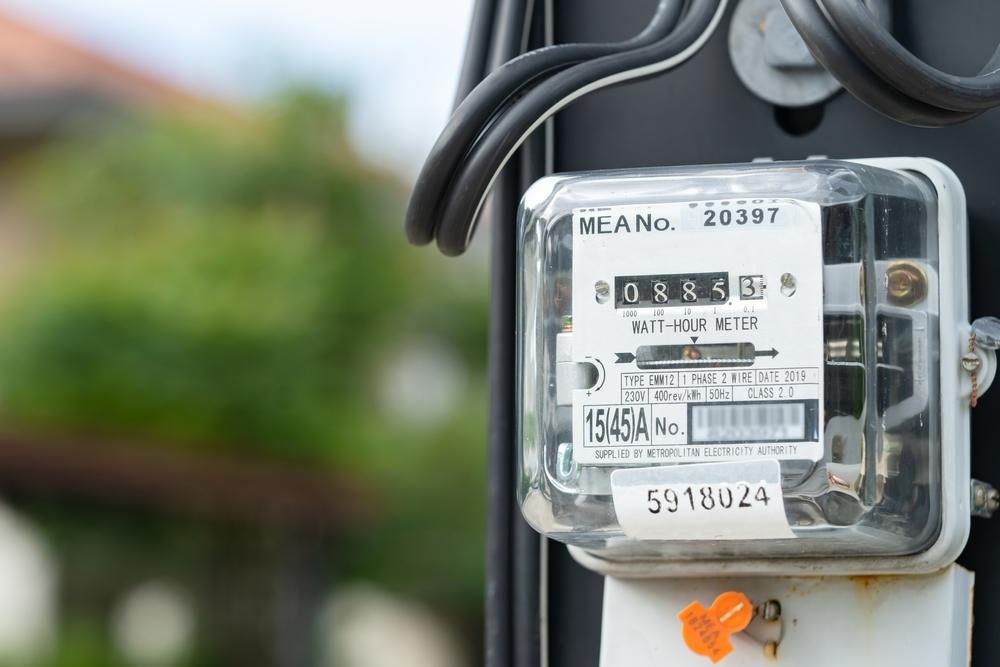Spinal Muscular Atrophy (SMA) is a genetic disorder that affects the muscles, making everyday tasks appear monumental. It primarily impacts children, but adults can also be affected. By exploring the main causes and symptoms, we can better understand this condition and find ways to support those who live with it.
What is Spinal Muscular Atrophy?
Spinal Muscular Atrophy (SMA) is a neuromuscular disorder characterized by loss of motor neurons in the spinal cord and brainstem, leading to muscle wasting and weakness. This genetic condition primarily arises from mutations in the SMN1 gene, which is critical for maintaining motor neurons. SMA is classified into various types based on the age of onset and severity of symptoms. For more detailed information on SMA, visit Cleveland Clinic or check Johns Hopkins Medicine.
Types of Spinal Muscular Atrophy
SMA can be categorized into four primary types:
- Type 1 (Infantile onset): Also known as Werdnig-Hoffmann disease, it manifests in infants and is the most severe form. Symptoms can appear before six months of age.
- Type 2 (Intermediate): Symptoms usually manifest between six and 18 months. Children with this type can sit but might not stand or walk unaided.
- Type 3 (Juvenile): Known as Kugelberg-Welander disease, it shows symptoms after 18 months of age. Individuals can walk independently, but they may experience difficulties later in life.
- Type 4 (Adult-onset): The mildest form, usually appearing in adulthood. It causes gradual muscle degeneration.
For more insights into the types and their manifestations, you can explore KidsHealth.
Signs and Symptoms of Spinal Muscular Atrophy
Understanding the signs of SMA can lead to early diagnosis and intervention, which can significantly improve the quality of life. The symptoms primarily affect muscle strength and motor skills.
- Muscle Weakness: A progressive weakness that starts in the proximal muscles and affects the limbs more significantly.
- Poor Muscle Tone: Often noticed in infants as "floppiness" or reduced life activity compared to peers.
- Breathing Issues: Due to weakened chest muscles, individuals with SMA may have difficulty with effective breathing and coughing.
- Feeding and Swallowing Difficulties: Muscle weakness may also impact the muscles involved in feeding.
- Delayed Milestones: In children, motor milestones such as sitting, crawling, or walking may be delayed.
For more detailed symptoms and signs, consult the resources available at Muscular Dystrophy Association.
Diagnosis and Treatment
Diagnosing SMA typically involves genetic testing to identify mutations in the SMN1 gene. Additionally, a thorough physical examination and patient history are vital. Electromyography (EMG) and muscle biopsy may also be conducted for further analysis.
Treatment Options:
- Medication: Recent advancements include gene therapies like Zolgensma and drugs like Spinraza and Evrysdi that aim to enhance neuron function.
- Physical Therapy: Essential to maintain muscle tone and mobility, preventing joint contractures.
- Respiratory Support: Ventilation aids may be necessary for severe cases to support breathing.
- Nutritional Support: Ensuring optimal nutrition, often through specialized feeding methods, is crucial for patients.
For more comprehensive treatment guidelines, visit National Institute of Neurological Disorders and Stroke.
Support and Resources
Living with SMA requires access to continuous support services, ranging from healthcare providers, social workers, and community groups. Leveraging such resources can significantly improve daily life for patients and caregivers. Organizations such as Cure SMA and the Muscular Dystrophy Association run multiple initiatives aimed at research funding, family support, and raising public awareness.
Cost Overview of SMA Treatments
A key concern for families is the cost associated with treating SMA. This table provides a brief overview of potential expenses involved:
| Service/Medication | Cost Range (USD) | Provider/Location |
|---|---|---|
| Zolgensma Gene Therapy | $2.1 million | Norvartis |
| Spinraza (per dose) | $125,000 | Biogen |
| Evrysdi (annual) | $340,000 | Genentech |
| Physical Therapy (monthly) | $200-$600 | Various Clinics |
| Respiratory Support | $10,000-$30,000 | Respiratory Care Providers |
Recognizing the clinical and financial challenges associated with SMA calls for comprehensive awareness and support strategies. By informing ourselves and those around us, we can contribute to the ongoing efforts for better treatment options and quality of life improvements for those affected by Spinal Muscular Atrophy.




